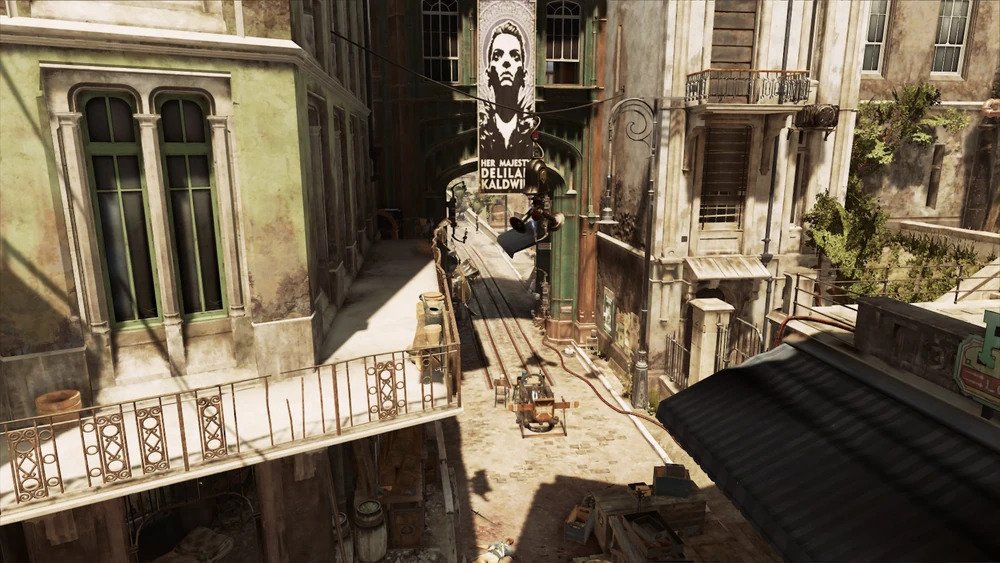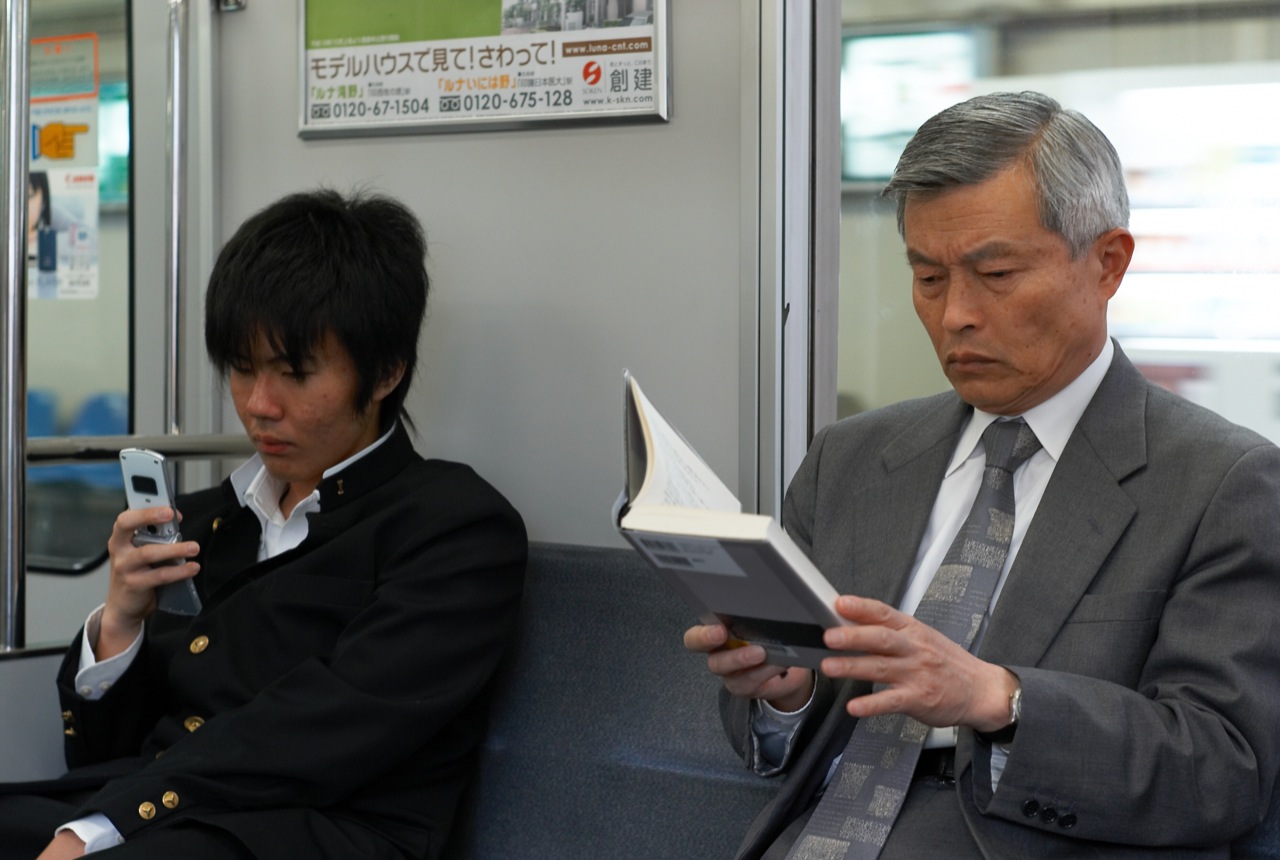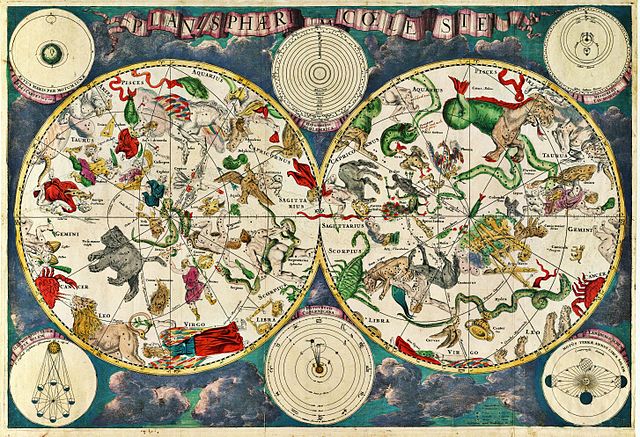Anatomy of a fight scene, slashers vs. westerns
Consider this a prelude to the Fight Scene essay currently… somewhere on the horizon. I’m still figuring out Supernormal, while also trying to maintain any kind of social life. So let’s take it one bite at a time: specifically, I’m thinking about the difference between a slasher chase scene and a Western shootout.
The case study here: No Country’s shootout.
(By the way, if all this slasher/No Country talk is making you long for a return to the days where I just talked about Marvel a bunch, imagine having to think about this stuff all the time. I put a bucket out front of my valet trash door because I’m half expecting a guy in a welder’s mask to bust through a butcher me.)
But, okay, watch the scene. Or don’t. I’ll give a quick shot-for-shot: Moss gets into a pickup truck (this is after jumping from a hotel window to escape Anton Chigurh), and tries talking to the driver; a bullet comes through the window and tears through the driver’s throat; Moss drives a short distance through gunfire, then dives out and hides behind a car; Chigurh notices a blood trail, and dives to avoid a shotgun blast from Moss. Chigurh disappears, end scene.
Compare that to the shootout with Angel’s guys in The Good, the Bad and the Ugly (I won’t embed any more videos, but that link does open on Clint Eastwood doing his best cowboy thing) and part of Alice’s fight with Mrs. Voorhees in Friday the 13th.
Hey, quick intermission, did you know there’s a Wikipedia page on the “Political life of Clint Eastwood“? He legalized eating ice cream in California. Anyway.
Some immediate differences spring to mind. Let’s start in favor of the Western.
No Country’s scene is a shootout. It’s about guns. I mean, there is a gun in the Friday fight, but it never goes off. Slasher fights are way more environmental. They’re desperate struggles.
Point to slasher, No Country’s is a desperate fight. Tons of blood loss. No one really “hides” in a Western shootout. Sometimes they take cover, but you can see in the TGBU scene it’s mostly just a lot of men standing still and shooting at each other, and then one of them dies.
Speaking of, Western shootouts are pretty much men. Slasher fights are pretty much boy versus girl. (Friday notwitshtanding.)
That is, “men” plural — the spaghetti Western is typically a lone cowboy versus a band of outlaws, though it’s not a hard and fast rule — and “boy”/”girl” singular. It’s rare that multiples are alive to take on the slasher.
Chigurh actually does take a big hit, though he doesn’t show it in this scene. That’s not actually inline with either genre. Westerns are one-hit affairs, whereas the Final Girl takes all sorts of damage before dealing a surprise blow on the killer. But since they always come back for the next scene or next movie, like Anton, I’d give this one on balance to the slasher.
So that’s what, three, three and a half points to slasher? Plus a dead bystander at the outset of the scene, which is huge slashe? I’ll admit to confirmation bias here, but I’m lying if I say this is a purely scientific endeavor. When I saw the No Country scene, I felt real tension rather than a cool power trip. This is me trying to explain why this shootout was so brutal, not me trying to persuade you. Although by now you should be persuaded. (If not, you’ve got a Supernormal post to look forward to.)






